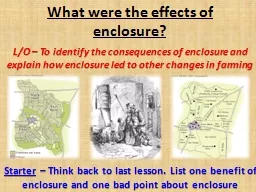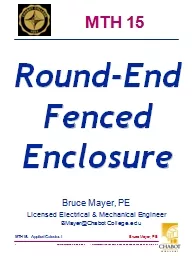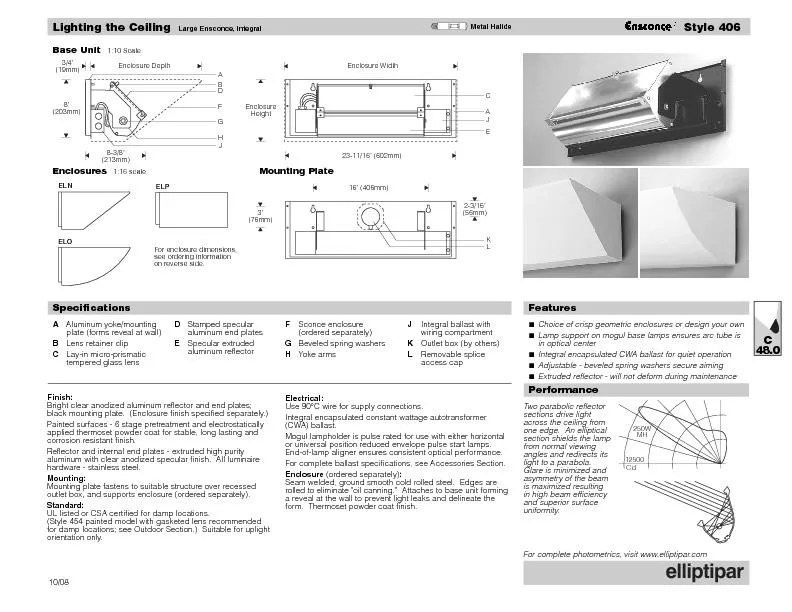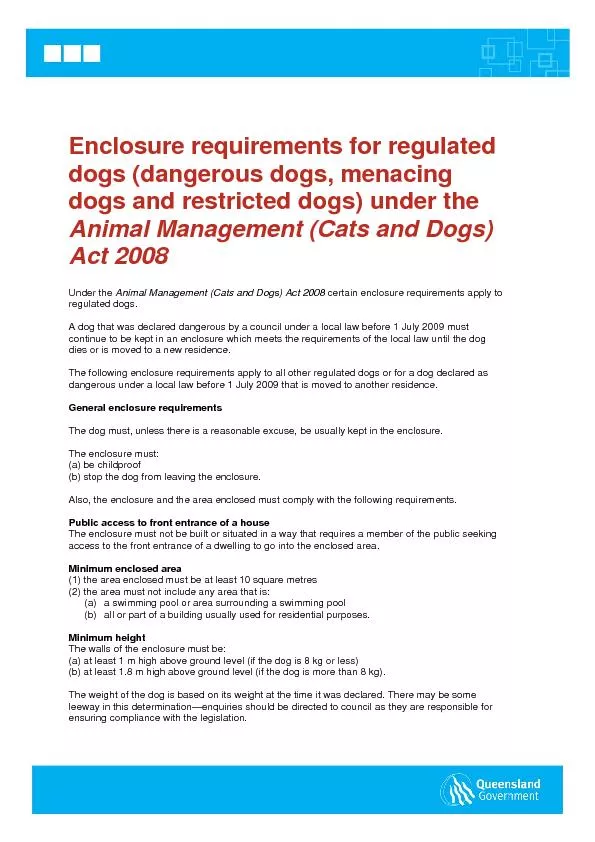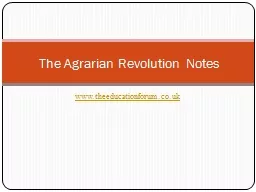PPT-What were the effects of enclosure?
Author : cheryl-pisano | Published Date : 2016-04-05
LO To identify the consequences of enclosure and explain how enclosure led to other changes in farming Starter Think back to last lesson List one benefit of enclosure
Presentation Embed Code
Download Presentation
Download Presentation The PPT/PDF document "What were the effects of enclosure?" is the property of its rightful owner. Permission is granted to download and print the materials on this website for personal, non-commercial use only, and to display it on your personal computer provided you do not modify the materials and that you retain all copyright notices contained in the materials. By downloading content from our website, you accept the terms of this agreement.
What were the effects of enclosure?: Transcript
Download Rules Of Document
"What were the effects of enclosure?"The content belongs to its owner. You may download and print it for personal use, without modification, and keep all copyright notices. By downloading, you agree to these terms.
Related Documents

